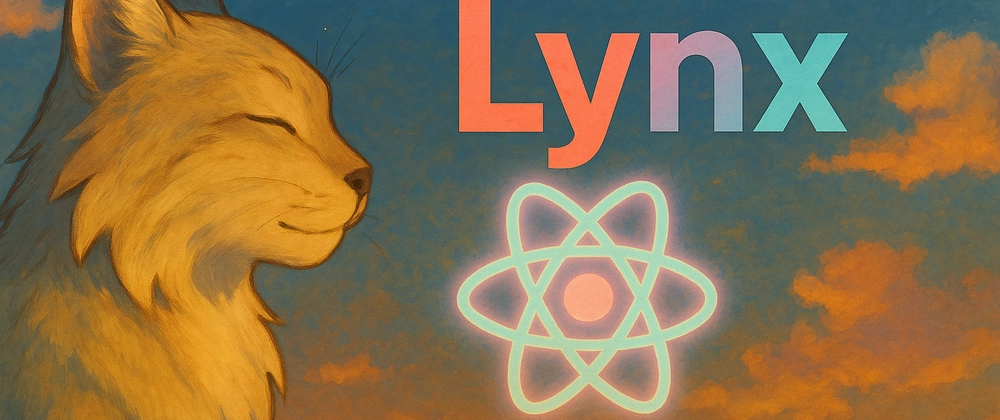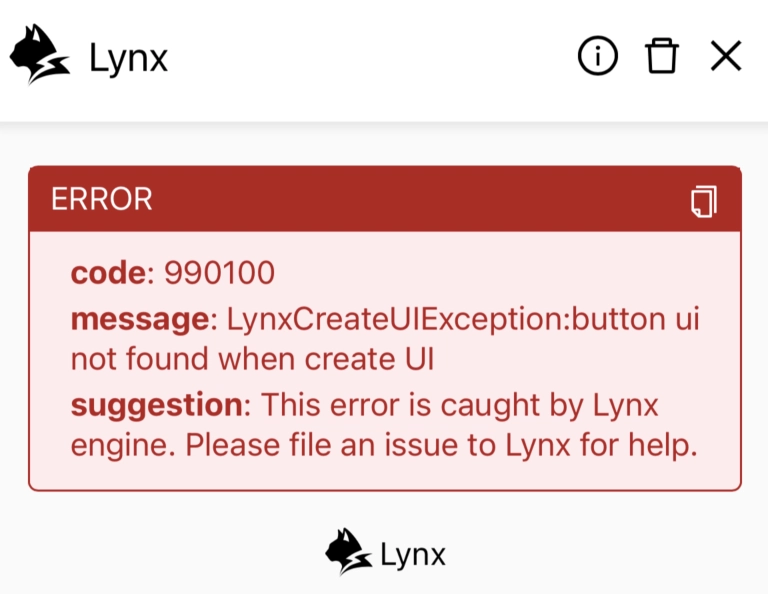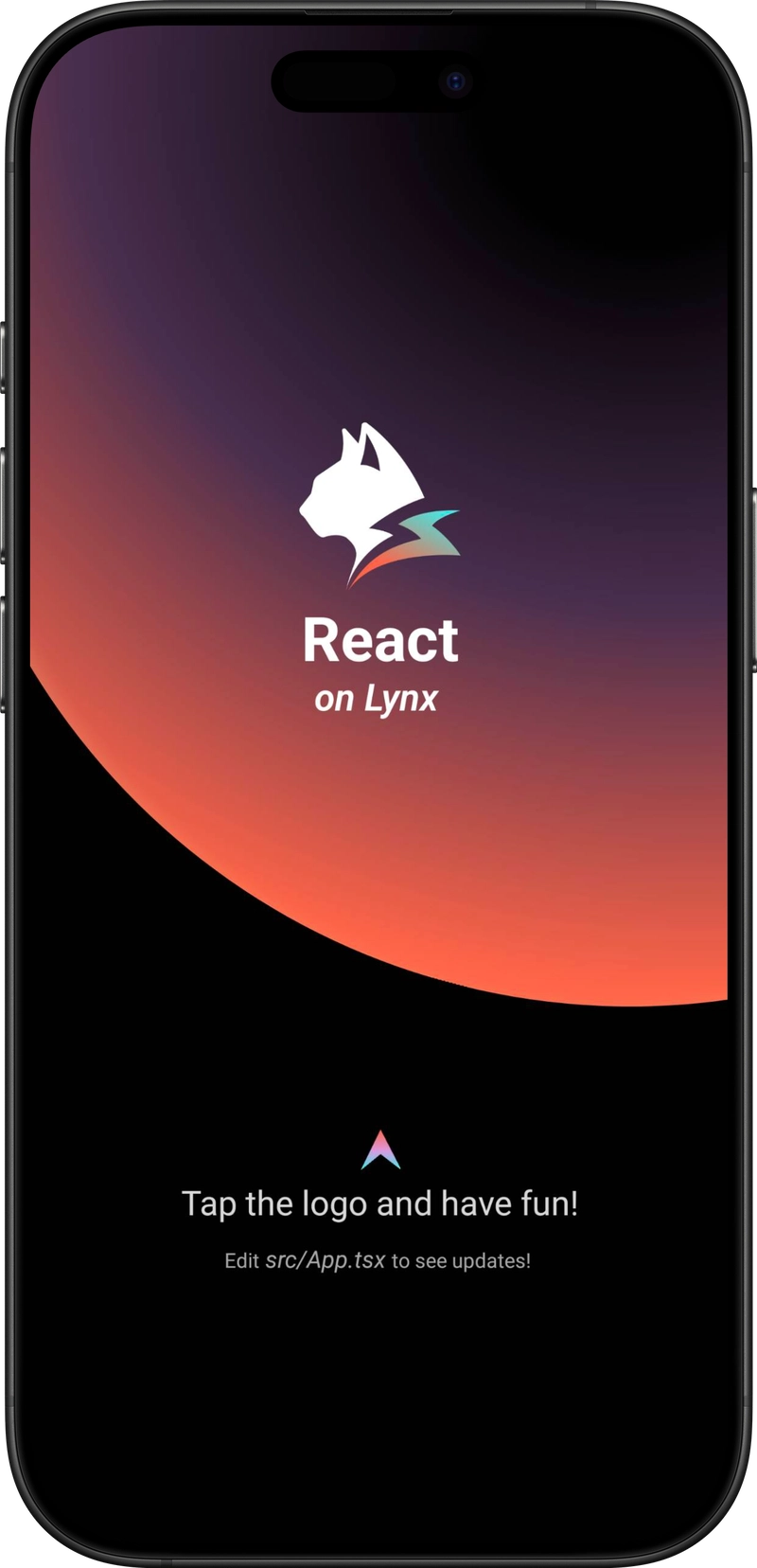Every week, it feels like there's a new JavaScript framework hitting the market—so much so that it's become overwhelming. Still, the reigning giants are React, Angular, Vue, and Svelte (which continues to gain traction). But when it comes to mobile apps, there's really only one popular option: React Native. And while it's a solid choice, the fact that it's so dominant—especially with tools like Expo—comes with its own limitations, such as being tied to React and the specific constraints of that ecosystem.
In March 2025, Lynx was officially announced on its official blog. The team describes it as a family of technologies designed to build both web and truly native mobile experiences from a single codebase—similar to React Native, but with a focus on performance, versatility, and modern development practices.
A True Web Alternative
While React Native may feel like web development, its not entirely the same—especially when it comes to styling. Native CSS support is missing, which creates friction with libraries like Tailwind or Shadcn. Lynx, on the other hand, supports native CSS, transitions, animations, and more, out of the box—bringing it closer to the real web dev experience.
Performance
Lynx's impressive performance is thanks to its dual-runtime architecture:
1. Main-thread runtime : A performance-optimized library focused on handling high-priority events.
2. Background runtime : Keeps the main thread light and unblocked.
Because of this setup, Lynx delivers two key features:
Instant First-Frame Rendering (IFR): If rendering is fast enough, Lynx can eliminate loading screens altogether, creating a snappy, app-like experience.
Main-Thread Scripting (MTS): Handles high-priority interactions like gestures and user input, resulting in buttery-smooth interfaces that feel native.
Not Everything Is Perfect
Lynx sounds like an ideal alternative for web developers moving into mobile—but there are some caveats.
One of the best things about web development is the massive library ecosystem that helps us build faster. Unfortunately, Lynx doesn't support standard HTML elements like <button>, <input>, etc. Instead, you're limited to custom elements such as view, text, and image.
That means importing a button from a UI library like Shadcn likely won't work—it'll throw an error because those components are built using standard HTML tags.
So while Tailwind works beautifully, libraries like Shadcn and similar component kits are a no-go—for now.
Code: Just React
The nice thing? You still write React code—just swap your import:
import { useState } from '@lynx-js/react';
Heres an example where tapping the logo switches between two images:
import { useCallback, useEffect, useState } from '@lynx-js/react'
import './App.css'
import arrow from './assets/arrow.png'
import lynxLogo from './assets/lynx-logo.png'
import reactLynxLogo from './assets/react-logo.png'
export function App() {
const [alterLogo, setAlterLogo] = useState(false)
useEffect(() => {
console.info('Hello, ReactLynx')
}, [])
const onTap = useCallback(() => {
'background only'
setAlterLogo(!alterLogo)
}, [alterLogo])
return (
<view>
<view className='Background' />
<view className='App'>
<view className='Banner'>
<view className='Logo' bindtap={onTap}>
{alterLogo
? <image src={reactLynxLogo} className='Logo--react' />
: <image src={lynxLogo} className='Logo--lynx' />}
</view>
<text className='Title'>React</text>
<text className='Subtitle'>on Lynx</text>
</view>
<view className='Content'>
<image src={arrow} className='Arrow' />
<text className='Description'>Tap the logo and have fun!</text>
<text className='Hint'>
Edit<text style={{ fontStyle: 'italic' }}>{' src/App.tsx '}</text>
to see updates!
</text>
</view>
<view style={{ flex: 1 }}></view>
</view>
</view>
)
}
Heres what that code renders:
Final Thoughts
Lynx is brand new to the open-source world, but its community is growing fast, and it shows real promise. That said, it's still far from achieving the maturity, ecosystem, and support React Native enjoys. Theres currently limited documentation, few tutorials, and most AI tools wont be able to help you much when you run into bugs or roadblocks.
My take? Lynx is fantastic for MVPs, side projects, or just experimenting. But if you're building something large-scale and production-ready, React Native is still the safer choice—for now.
What do you think of this new framework?





Top comments (0)